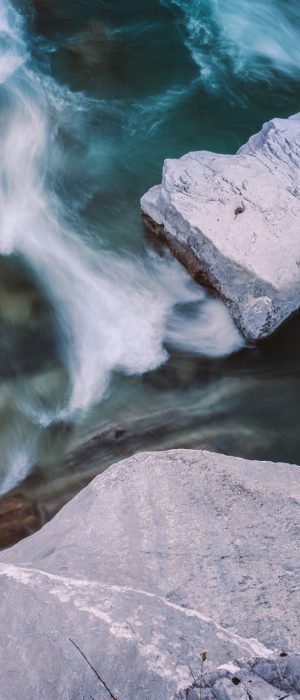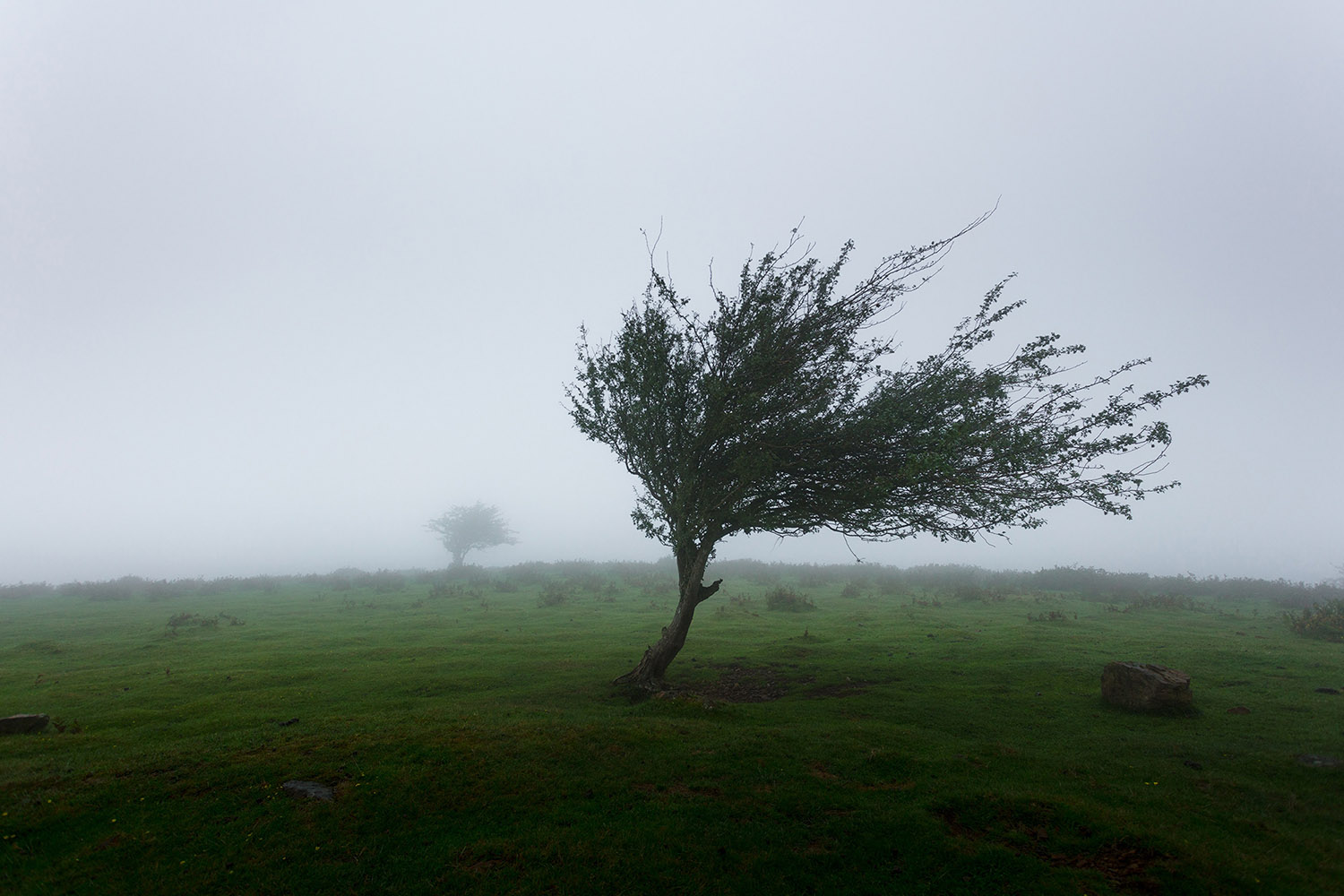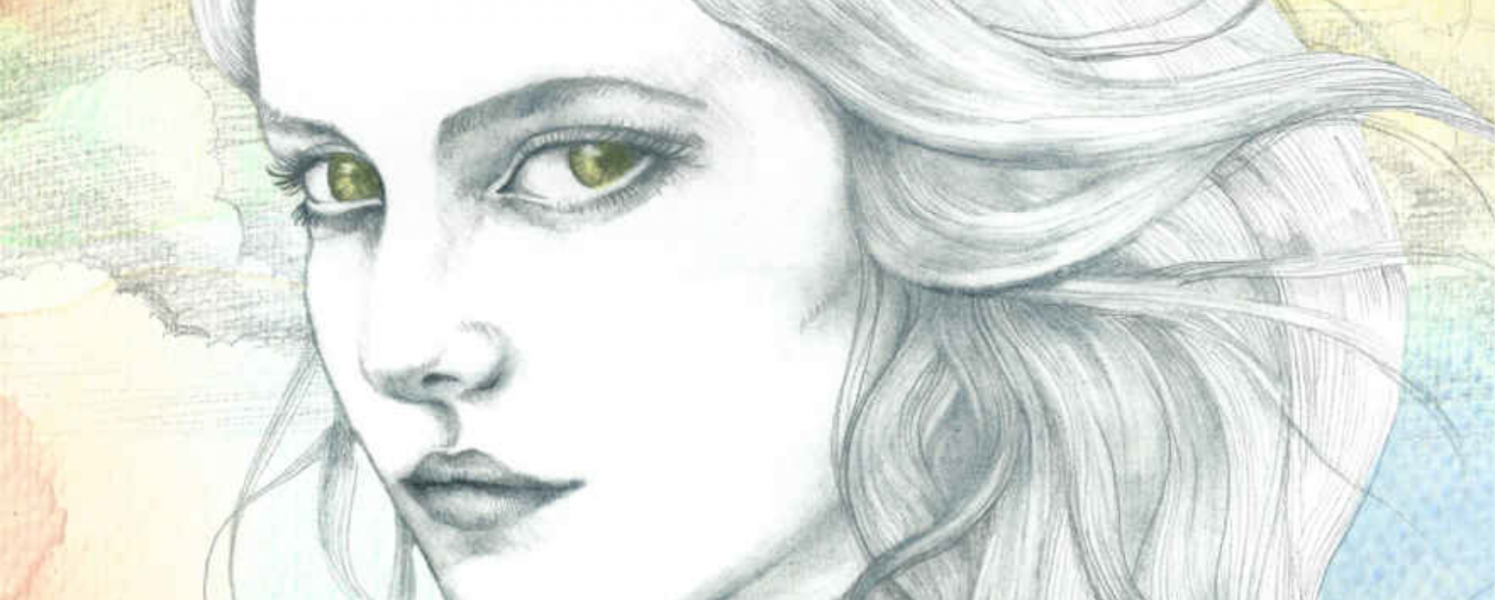Archetypes invite us to know our patterns but we must also know and respect the patterns of our environment . . . of the seasons . . . of the flora and fauna . . . of the creative dynamics of life. The earth doesn’t have inexhaustible material resources. Our relationship to the planet must change for we are connected to the web of life. I mean, what isn’t sacred on this earth that doesn’t require our awe, appreciation and tenderness?
As we are being directed to become conscious of who we are – of our inner narrative and how we bring it out into the collective – then we must also extend that consciousness into the biosphere. How do we live within the natural codes of both the solar and lunar? Of the summer and winter? It’s why I was initially drawn to the myth of Persephone and Demeter and the Eleusinian Mysteries, for the seasonal motifs, as much as the illumination on the cycles and transitions of life: maiden, mother, crone and the realms of the upper world and underworld.
In Greek mythology Gaia is the ancestral mother of all life, the primal Mother Earth goddess. Ecopsychology, mythology and depth psychology (and many other practices) can assist us in our enquiry into the connections between the rhythms of the universe and our own inner lives.
I gave a talk at Central Queensland University a few years ago on the archetypal significance of Beltane, where the hours of light are expanding as the constellation of Orion arises in the sky and summer approaches. The buds and flowers of May evoke the endless cycle of birth, growth, death and rebirth. The creation of form . . . followed by the emptying of form. Such a powerful reminder that both movements are required to honour the cycle of life.

I’ve been a Lithuanian scout for almost my entire life and a group leader for the past two decades but I’m not sure if the love of nature instilled in me from my scouting days is what directly inspired me to write my allegorical novel, Grace and the Wind. While I’ve made a career of studying patterns, it was in 2008 while living in Tokyo, that the impression of rhythm as a lens to view life first visited me. It took some time but in 2010 I decamped to Hawaii to immerse myself in the nature sequences and cycles of the island and the novel was born. Seasonal, circadian, lunar and tidal rhythms don’t just form the background to our lives – they are our lives. They influence us in profound ways, if only we can willingly invite them in and trust their wisdom.

About Grace and the Wind

Want Your Own Copy?
© 2020 Kristina Dryza